Sunrise Readers Books 1 – 5 Learners’ Word Books
This useful resource is now available for your learners when they are starting to write their own sentences. The Sunrise Readers Word Book is a first “dictionary” for young students – the words introduced in Sunrise Readers Books 1 – 5 are recorded here in alphabetical order. They are printed in lists, from top to bottom, in correct alphabetical order (i.e. second and third letters included). This is to prepare early learners for dictionary work. Space is included on each page for teachers, parents or children to record any other words they want to use.
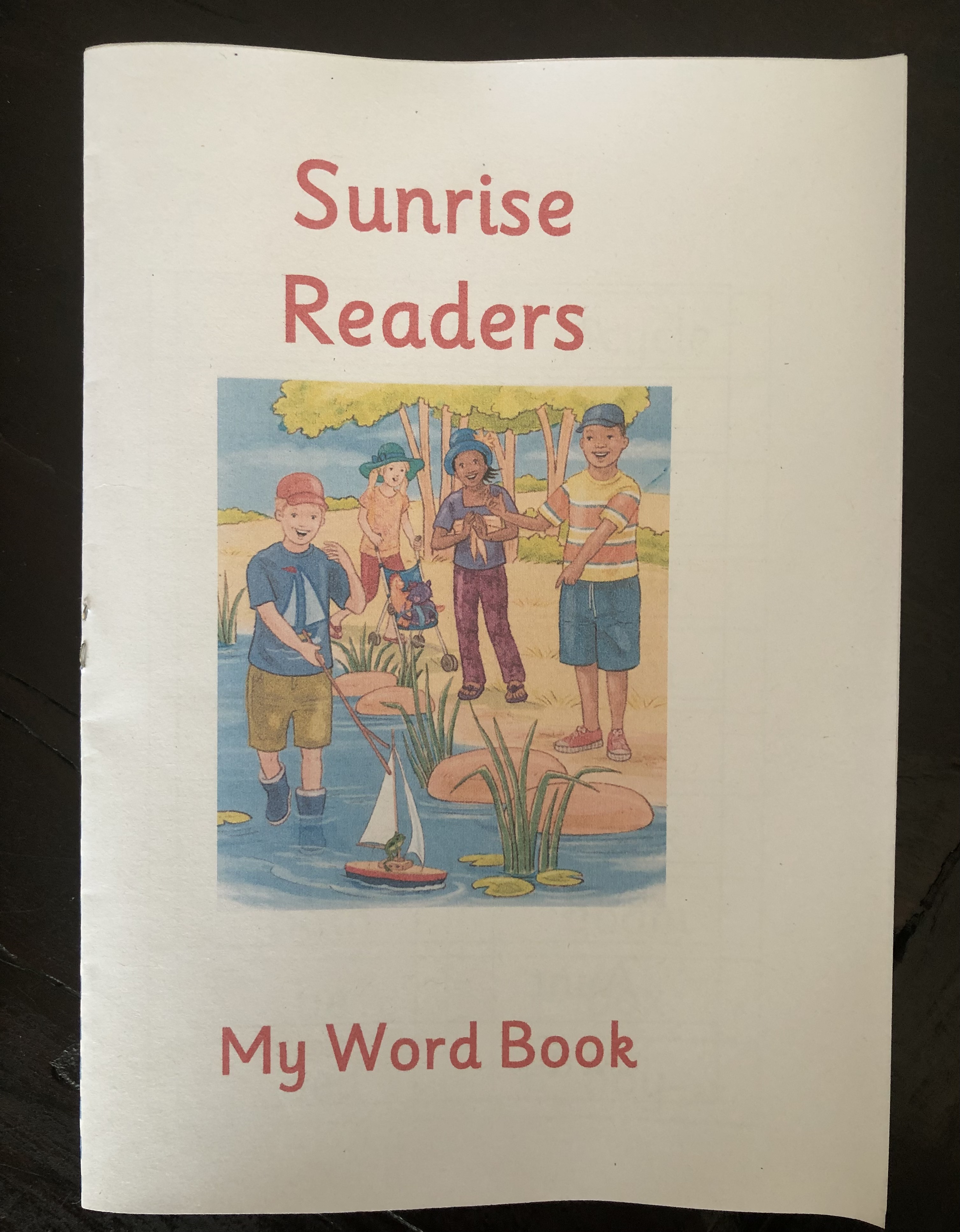
See below for the Sunrise Readers Word Book free downloadable PDF, and instructions as to how to assemble and use it. In the meantime – for your interest:
- What is literacy?
- How do reading and writing work together in literacy?
What is literacy?
What is literacy? There are many wordy and scientific definitions online. Most people will respond simply:
Literacy is the ability to read and write.
I also like the following user-friendly definition:
Literacy is the ability to read, write, speak and listen in a way that lets us communicate effectively and make sense of the world. (National Literacy Trust UK)
The Sunrise Readers are a reading scheme that differs from many others in that they are story books. They contain every day stories about two families of children and their multicultural friends.The Sunrise Readers also include folk stories, traditional stories, some Bible stories and other stories from famous children’s literature, all put into the African context.
Yes – the Sunrise Readers are a READING scheme. However – did you know that the Sunrise Readers embrace and promote literacy as a whole process? The Sunrise Readers recognise the vital connections between reading and writing, listening and speaking. Research has established that reading and writing include many of the same skills, strategies and abilities – although these are implemented differently for reading and writing. For example – reading involves decoding words – recognising letters and sounds and putting them together as words. Writing involves knowing which letters and sounds to put together to make a word. Some researchers have suggested that reading and writing share up to 70% of the same skills and abilities.
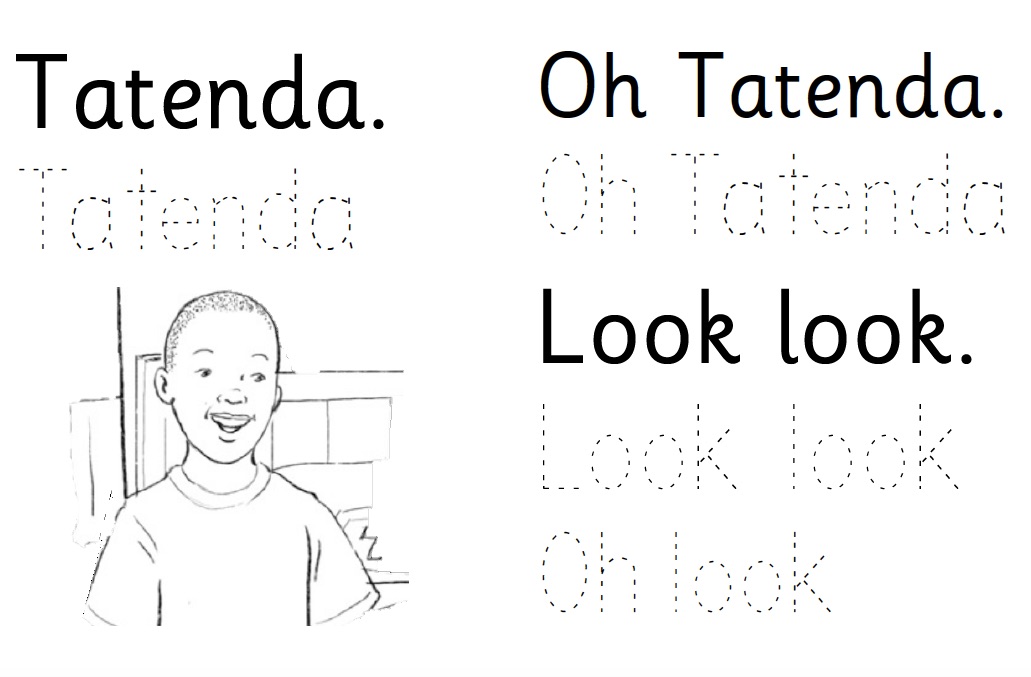
With this in mind, the Sunrise Readers authors have always recognised that reading improves when accompanied by writing, listening and “talking” activities. Writing about reading means that both reading and writing are practised, consolidated and improved. To raise up better readers sooner, from Book 6 onwards, the Sunrise Readers include relevant and age-appropriate writing exercises, called “Do this”.
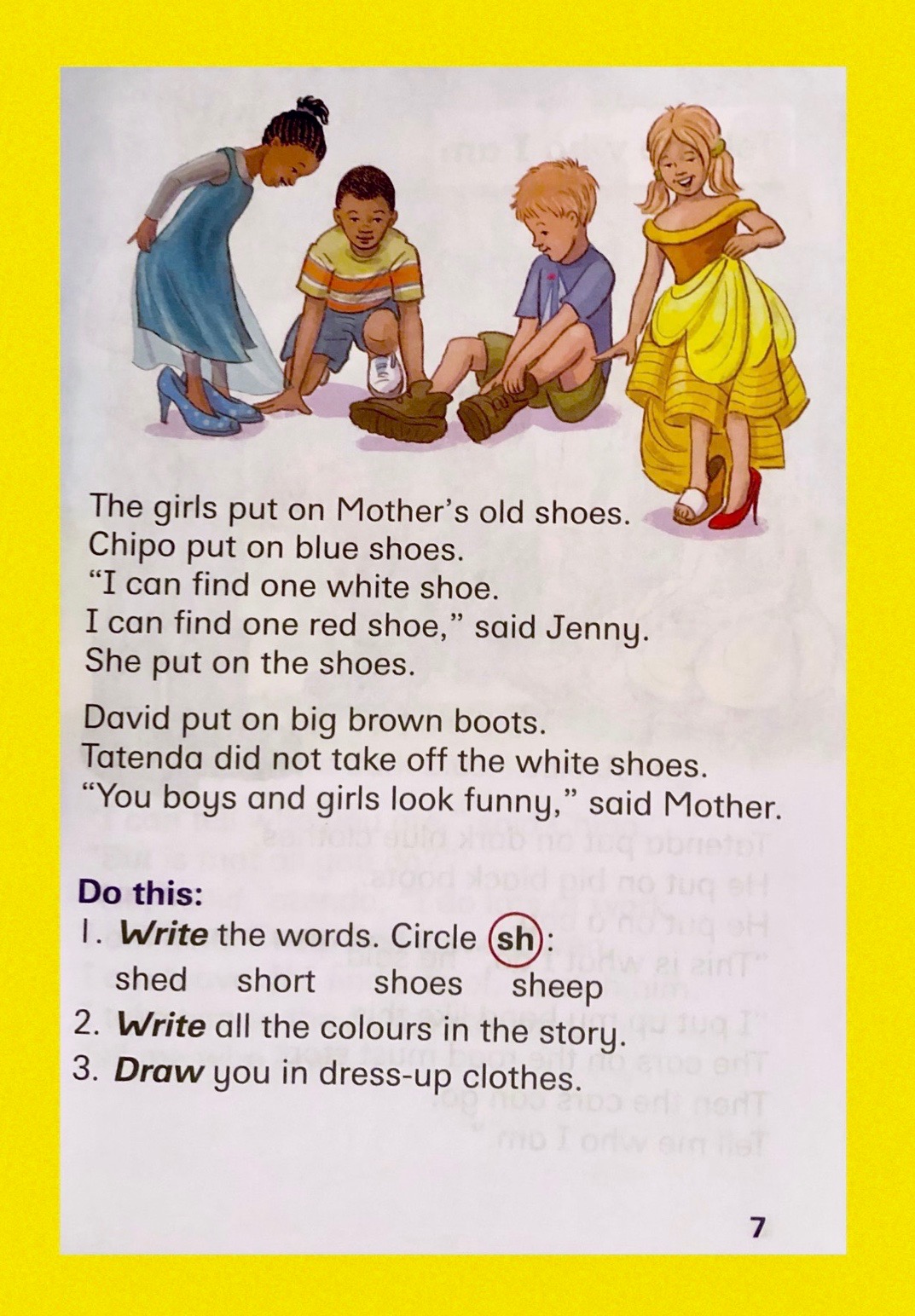
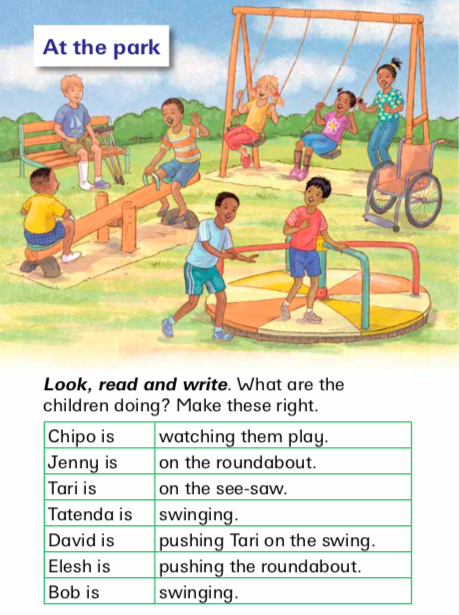
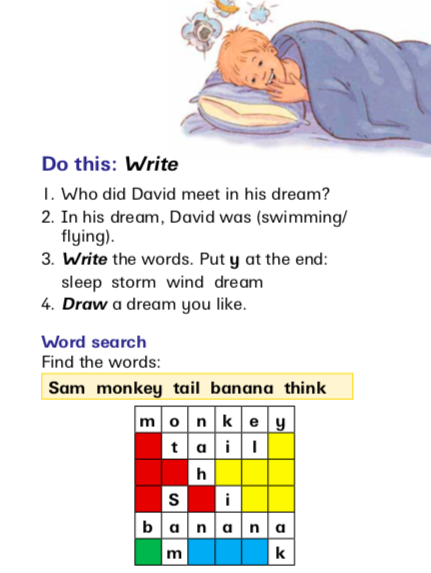
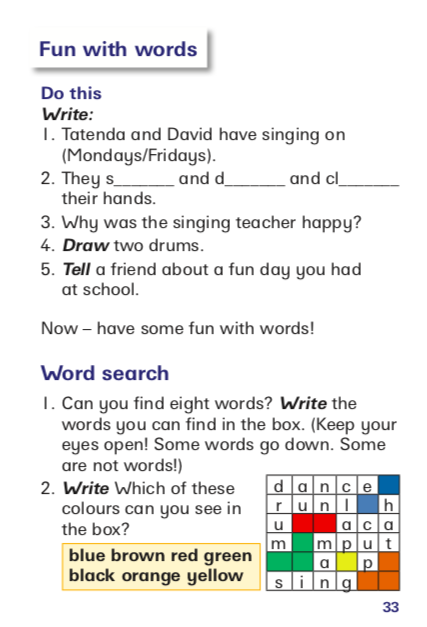
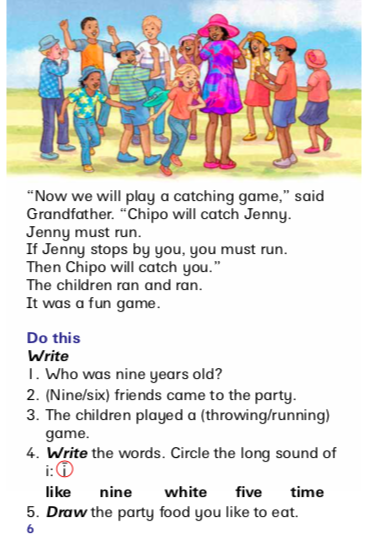
What do teachers, parents and children say about the Sunrise Readers’ Do this exercises?
A while back, my cousin enthused about the Sunrise Readers and how they have empowered and impacted her children in their early years at school. I saw her seven year old son standing next to her, smiling. He was clearly pleased to hear that his “aunt” had written the Sunrise Readers – so I asked what he enjoyed about them most, and if there was any advice he could give me as the author. He told me how much he enjoyed the Sunrise children and their adventures, as well as the other stories. “But,” he added, “I get a bit tired of always having to ‘Do this’.” I laughed. “ We don’t expect the teachers to make you do every Do this,” I said. “We do every single one,” he said.
My young relative may not have fully appreciated working on Do this after every story – it’s true that reading comes more easily for the vast majority of learners than writing does, so writing can seem like hard work. But teachers have told us, time and again, that the very gradual accumulation of vocabulary and reading skills in the Sunrise Readers, combined with the Do this activities, have formed the foundations of their success in the teaching of literacy. By drawing pictures, talking, and writing answers to simple questions about the story, the learners engage with – and reflect on – what they have read. Word work: They are often required to write and spell simple common words that have been used in the text, so they are given practice with taking note of phonics and phonic blends as they write.
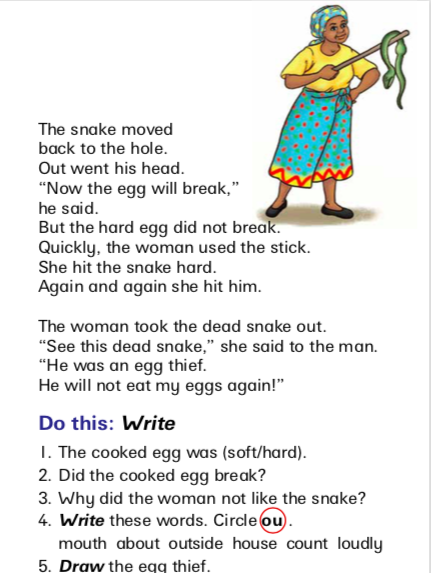
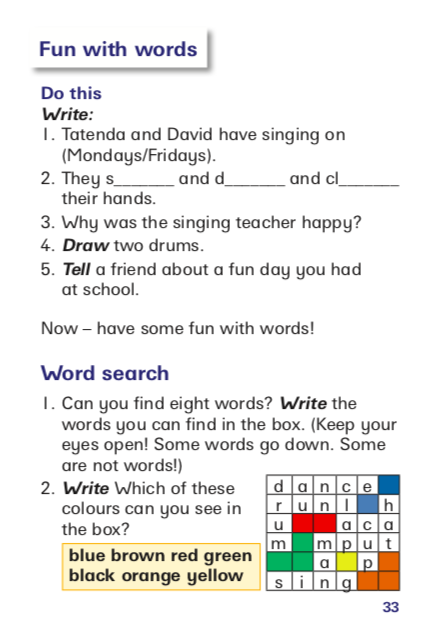
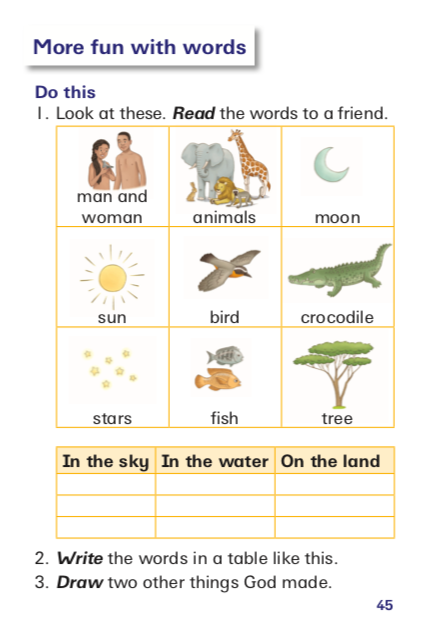
Having said all of this, hopefully you have already used some of the Do this exercises with your learners. (We would appreciate feedback and ideas!) Remember, the answers for Books 1 – 10 are supplied on this blog site for anyone who wants them. (These have been provided in response to a request from a number of teachers.)
Sunrise Readers Books 1 – 5 Word Book
Many young learners naturally request assistance with writing words. Teachers and parents respond in a variety of ways. A very common, beneficial and useful response is, “Have a go! Sound it out, and write down what you think. Just try.” (Children who are praised and encouraged for their attempts will become confident and will not be afraid to try!)
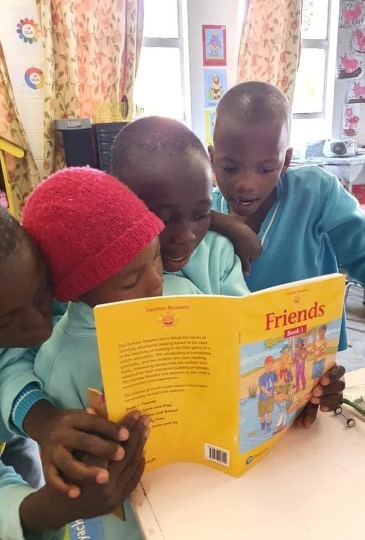
Teachers and parents may refer their young writer to words displayed in the classroom. “The word you want to write is over there on the wall. Can you find it?”
Other teachers and parents may write the word down for the child to copy. Many teachers towards the end of Year One (Grade One) make simple “Dictionaries” or “Word Books” for their students. These have A – Z pages, and when a child asks for a word, the word is written under the correct letter. With this in mind, we have produced a Sunrise Readers Word Book, containing the vocabulary introduced in Books 1 – 5.
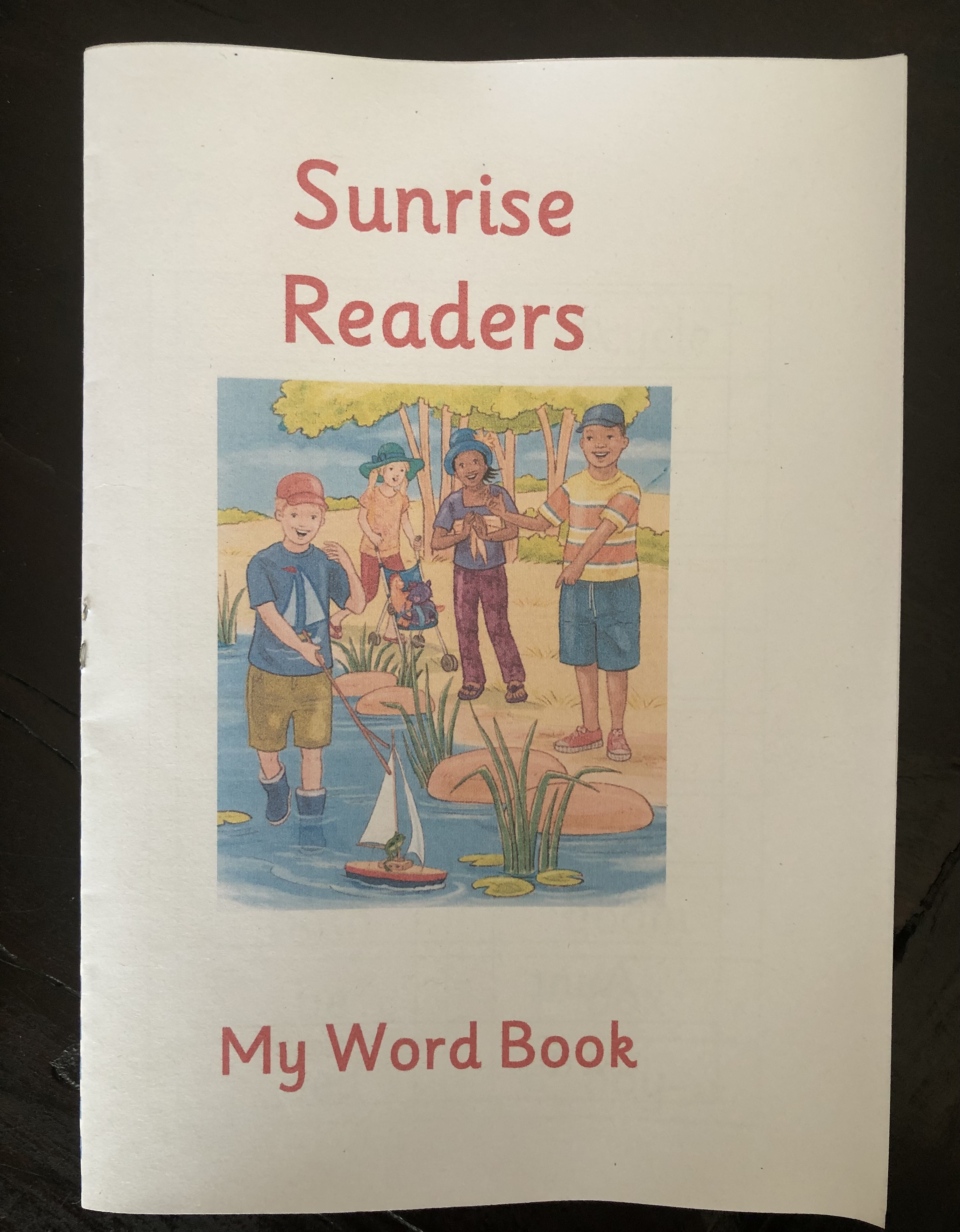
When to use this book:
When learners are writing and need the words! This may be around the beginning of the last term or two in their first year of learning to read.
By this time, each learner should:
- Know the names and sounds of the letters of the alphabet in order.
- Be able to write by forming letters correctly.
- Be able to read the required words for herself/ himself.
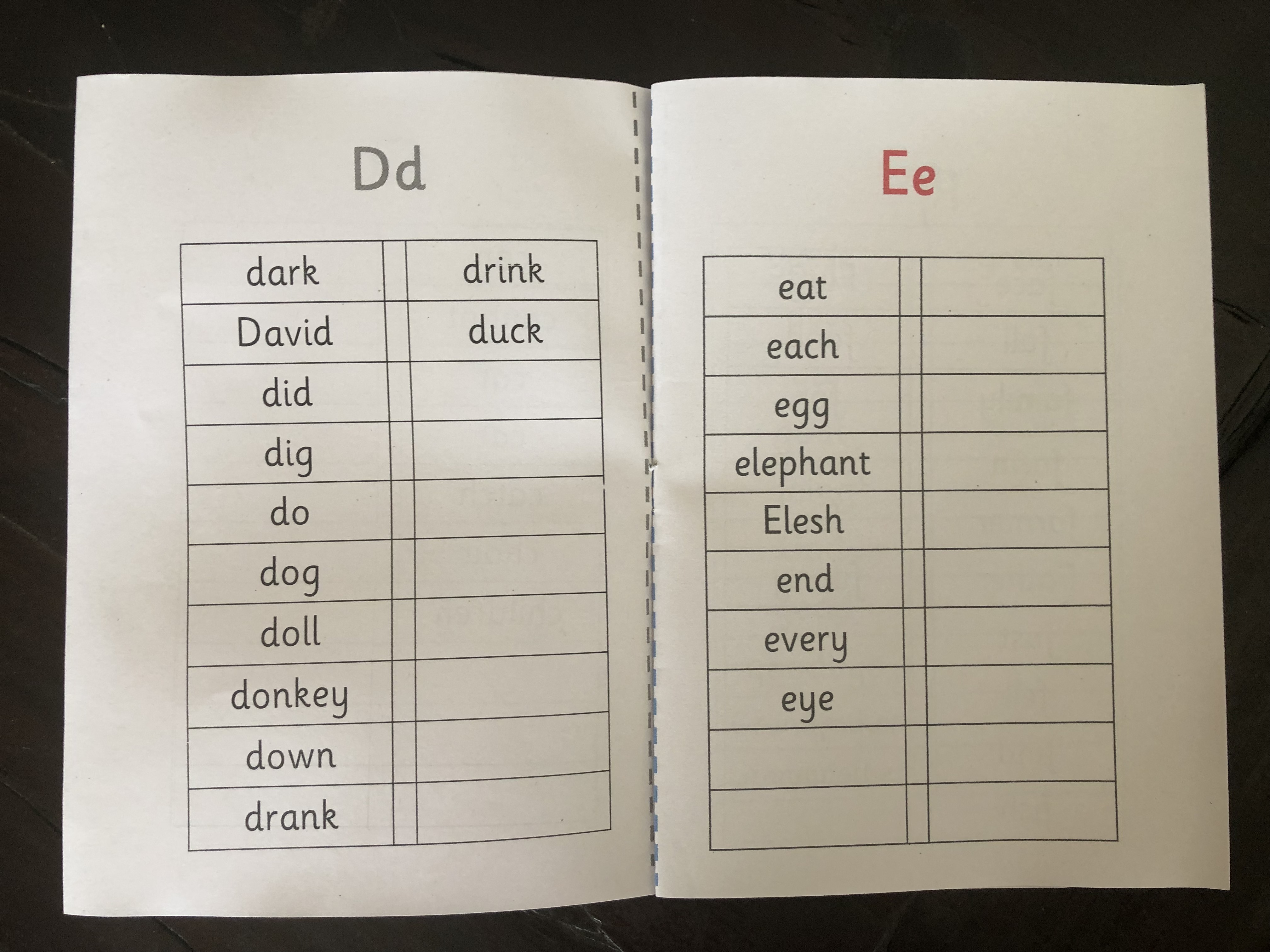
How to use this book:
Print the 24 page A5 booklet. Ensure that you print on both sides of the paper. Assemble the book by placing the pages in order (A – Z), folding down the fold line in the centre of the pages. (The letters Kk, Ll and Mm form the centre of the book.) Secure with a staple or a stitch or two.
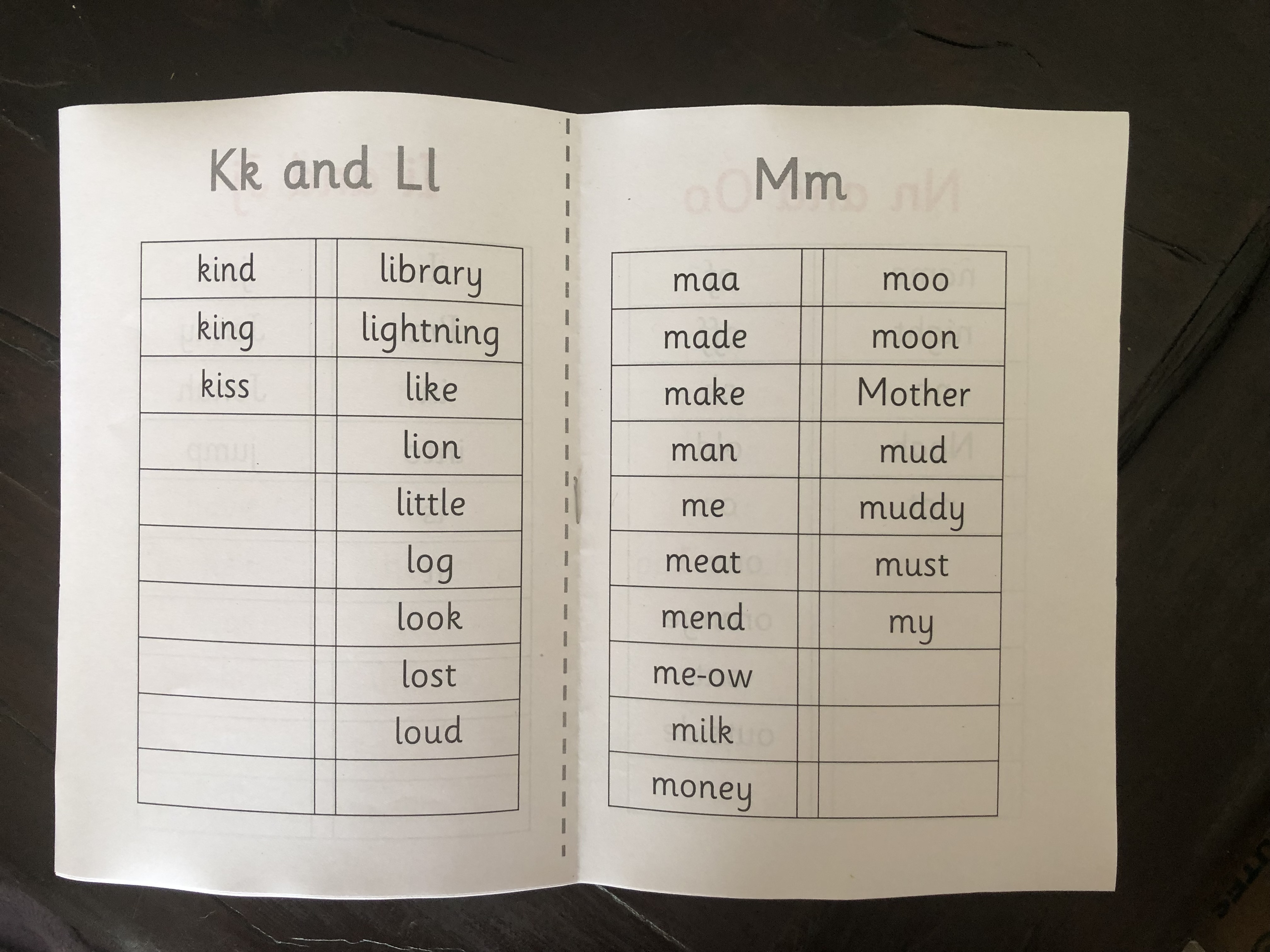
Ideally, give one book to each child. If resources are limited, the Sunrise Readers Word Book can be shared in pairs or groups of 4.
When a child is looking for how to write or spell the word, she should find the page containing the words with the relevant letter. e.g. picnic – look on page Pp.
Reading from top to bottom (training in preparation for using a dictionary), the child runs her finger down the list of words and finds the word she needs.
If it is not a word introduced in Sunrise Readers Books 1 – 5, there are lines provided so that the teacher/parent or child may write the word into the Word Book for future use.
Sunrise Readers Word Book
Upload your free downloadable PDF here :

I am very grateful for the developments that have been done to make Sunrise Readers of more helpful in terms of writing. I have seen these books to be so helpful and I do not know how I can get hard copies from book 6 both for the children and the one for teachers. I need these for my Daycare
Good evening. Where are you located? To purchase the Sunrise Readers and resources in South Africa, please email your order to info@sunriseliteracy.com and we will send you a quotation. In Zimbabwe, the Sunrise Readers are available at College Press, First Pack and Enbee stores all over the country. (Original Books 13 -20 and Blue Books are available at Secondary Book Press stores.) The Sunrise Readers are also available in Zambia, Botswana and Australia. Please see our recent blog for contact details on the latter. We look forward to assisting you.